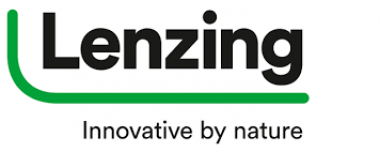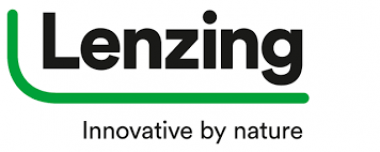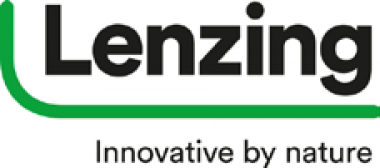SGL Carbon: Business Development in Q1 2023
- Sales increase by 4.7% to €283.7 million in Q1 2023
- Adjusted EBITDA improves by 9.0% to €40.1 million
- Growth based in particular on strong demand from the semiconductor industry
SGL Carbon generated Group sales of €283.7 million in Q1 2023 (Q1 2022: €270.9 million). This corresponds to an increase of €12.8 million or 4.7% compared to the same period of the previous year. Increased demand for specialty graphite components for the semiconductor industry from the Graphite Solutions business unit contributed in particular to the pleasing increase in sales. But also the Process Technology and Composite Solutions business units continued their positive business development.
Accordingly, adjusted EBITDA (EBITDApre) improved by 9.0% to €40.1 million in the reporting period (Q1 2022: €36.8 million).
Sales development
In the first three months of fiscal year 2023, the business unit Graphite Solutions was the main driver of SGL Carbon's growth with an increase in sales of €21.3 million or 17.8%. This is due in particular to the reallocation of production capacities from the solar industry market segment to the semiconductor industry. The Process Technology (+€6.6 million) and Composite Solutions (+€4.0 million) business units also contributed to the increase in sales.
The Carbon Fibers (CF) business unit recorded a decline in sales of €24.0 million in the reporting period. The decline is mainly due to the scheduled expiry of the attractive supply contract for the BMW i3 in the middle of last year. Freed-up production capacities were compensated by orders from the wind industry in the 2nd half of 2022. But the necessary construction of wind turbines in Europe is currently stalling. Low building permits and high manufacturing costs are temporarily hampering the construction and expansion of wind parks and therefore the necessary increase in renewable energy.
Earnings development
In line with the sales development combined with higher capacity utilization and positive product mix effects, adjusted EBITDA (EBITDApre) improved from €36.8 million to €40.1 million in Q1 2023, representing a quarter-on-quarter increase of 9.0%.
Taking into account depreciation and amortization of €14.3 million (Q1 2022: €14.1 million) as well as one-off effects and non-recurring items of minus €0.1 million, EBIT in the reporting period amounted to €25.7 million (Q1 2022: €31.2 million). It should be noted that Q1 of the previous year was positively impacted by one-off effects and and non-recurring items amounting to €8.5 million. Accordingly, net profit for the period of €15.3 million was lower than in the same quarter of the previous year (€21.5 million).
Debt, equity and capitel expenditure
Net financial debt increased slightly to €174.2 million as of March 31, 2023 (Dec. 31, 2022: €170.8 million). The leverage ratio remains unchanged at 1.0. Due to the positive consolidated net income, the equity ratio increased again slightly compared to the end of fiscal 2022 to 39.5% (Dec. 31, 2022: 38.5%).
Looking at the capital expenditure in Q1 2023, it amounted to €19.0 million, which is higher than the average values of the previous quarters. "At the beginning of 2023, we had already announced the expansion of our investment activities to expand production capacities in the Graphite Solutions business unit. In previous years, our capital expenditure was in line with depreciation and amortization. In addition to these approximately €60 million, we will invest further €20 to €30 million in 2023, which will be financed by advance payments in the context of long-term supply contracts from our customers in the semiconductor industry. Our semiconductor customers secure future production capacities for graphite components, which are needed for their own growth. In return, SGL Carbon's long-term supply contracts will enable future profitable growth," said Dr. Torsten Derr, CEO of SGL Carbon.
Outlook
In line with the business performance in the first three months of 2023, the company confirms the sales and earnings guidance issued on March 23, 2023.
For the financial year 2023, Group sales are expected to be at the prior-year level and EBITDApre between €160 - 180 million. Taking into account depreciation and amortization, EBITpre is forecast to be between €100 - 120 million. Furthermore, free cash flow at the end of fiscal 2023 is expected to be at the prior-year level and return on capital employed (ROCE) between 10% and 12%.
SGL CARBON SE




























